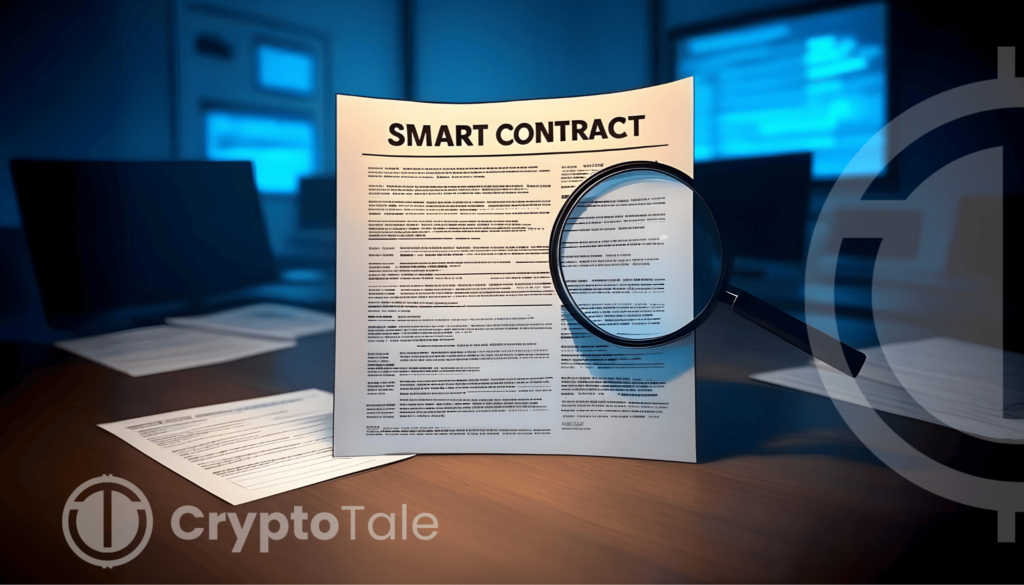
What is a Smart Contract Audit? A Comprehensive Guide
In today’s digital landscape, blockchain and cryptocurrency have become increasingly popular. However, with the rise of decentralized applications (dApps) comes the need for thorough security audits to prevent financial losses and protect users from malicious attacks.
Smart contracts are an essential component of this ecosystem. They’re self-executing codes that automatically enforce a specific set of rules or agreements between parties once predetermined conditions have been met. These smart contracts can be vulnerable to various bugs, exploits, and unforeseen consequences, which can result in the theft of assets or even shut down the entire blockchain network.
Smart contract audits are an essential step in identifying vulnerabilities before deployment. An audit is a thorough examination of the code to identify any potential issues that could lead to financial losses or compromise user data. In this guide, we’ll delve into what smart contract audits entail and why they’re crucial for the success of blockchain projects.
Step 1: Code Review
The first step in a smart contract audit involves reviewing the source code of the smart contract. This process is carried out by experienced auditors who are familiar with blockchain technology and common vulnerabilities. During this phase, the auditor will examine every line of code to identify potential issues such as bugs, logical errors, or other security concerns.
Step 2: Testing
Once the initial review is complete, the auditor will begin testing the smart contract. This may involve executing various scenarios on a testnet, which simulates real-world interactions with the blockchain. The goal here is to uncover any hidden vulnerabilities that may not be immediately apparent.
Step 3: Risk Assessment
After identifying potential issues during the audit process, the next step involves assessing the risks associated with each vulnerability. This entails evaluating the impact of each issue and providing recommendations for fixing them or mitigating their effects.
Step 4: Reporting
The final step involves compiling all the findings into a comprehensive report that includes details about whether the identified issues have been resolved or not.
Source: cryptotale.org


